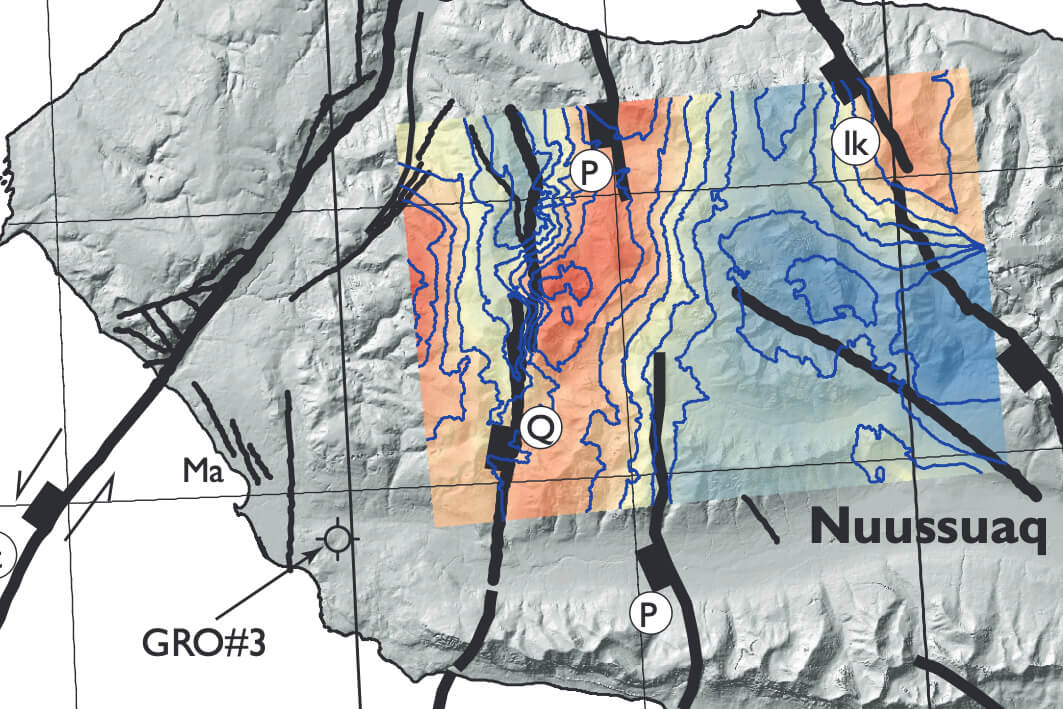
How to Cite
Share
Abstract
The onshore Cretaceous–Paleocene Nuussuaq Basin in West Greenland (Fig. 1) has long served as an analogue for offshore petroleum exploration. With the discovery of oil seeps on Disko, Nuussuaq, Ubekendt Ejland and Svartenhuk Halvø in the early 1990s, onshore exploration was also carried out. This eventually resulted in the GRO#3 wildcat exploration well on western Nuussuaq in 1996, which showed several intervals with hydrocarbons (Christiansen et al. 1997). Recent photogrammetric mapping of conspicuous marker horizons within the volcanic sequences of the basin shows that significant compressional structures may have developed in the latest Paleocene on central Nuussuuaq and northern Disko that could be promising potential exploration targets.
How to Cite
Share
Supplementary Files
Downloads
Editors Adam A. Garde and Ole Bennike
The 17 contributions in this Review of Survey activities reflect the wide range of activities currently performed by the Geological Survey of Denmark and Greenland, commonly in collaboration with external partners.
Topics in and around Denmark include the important Danish potential for geothermal energy, a shale gas [...]










